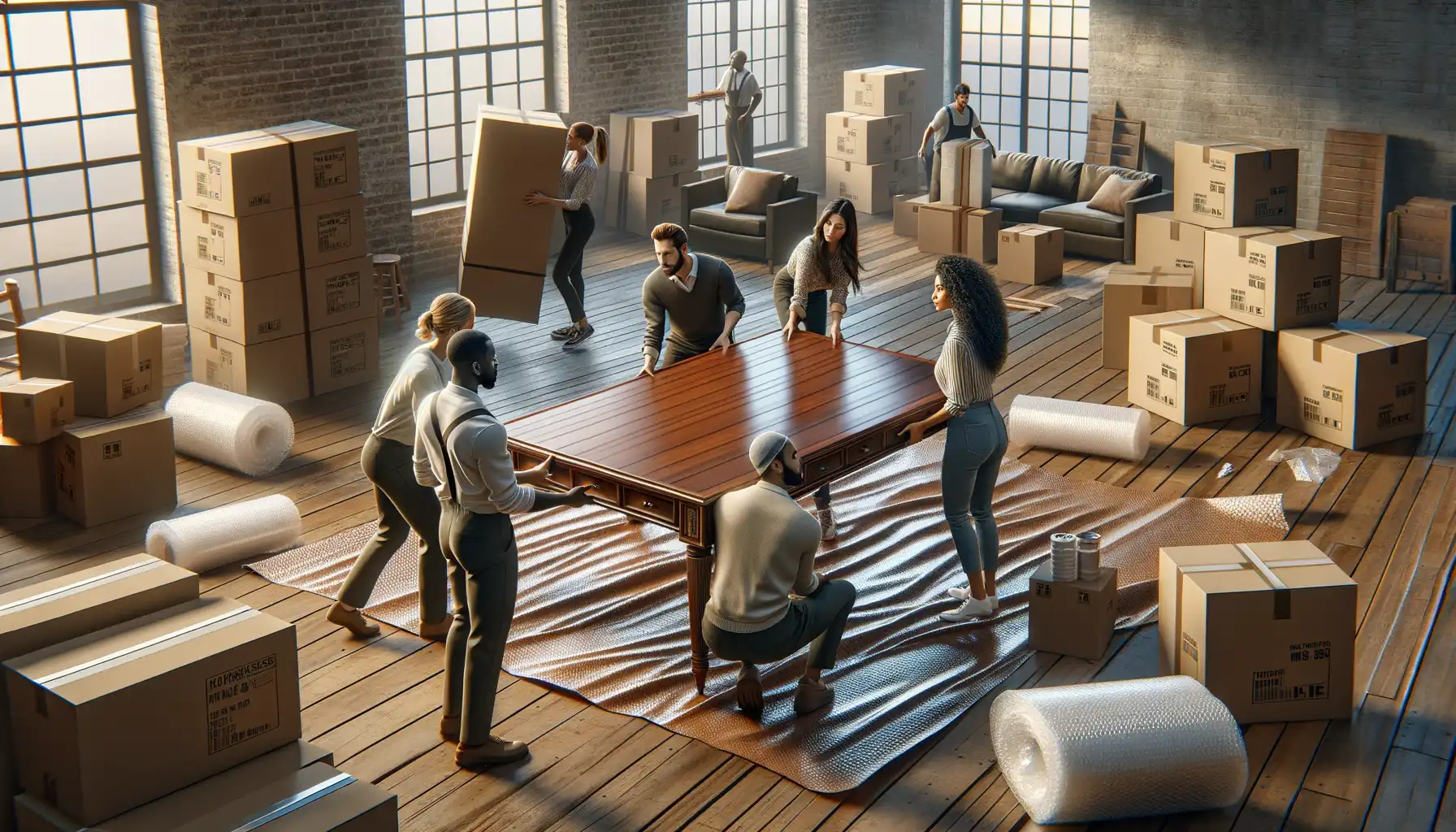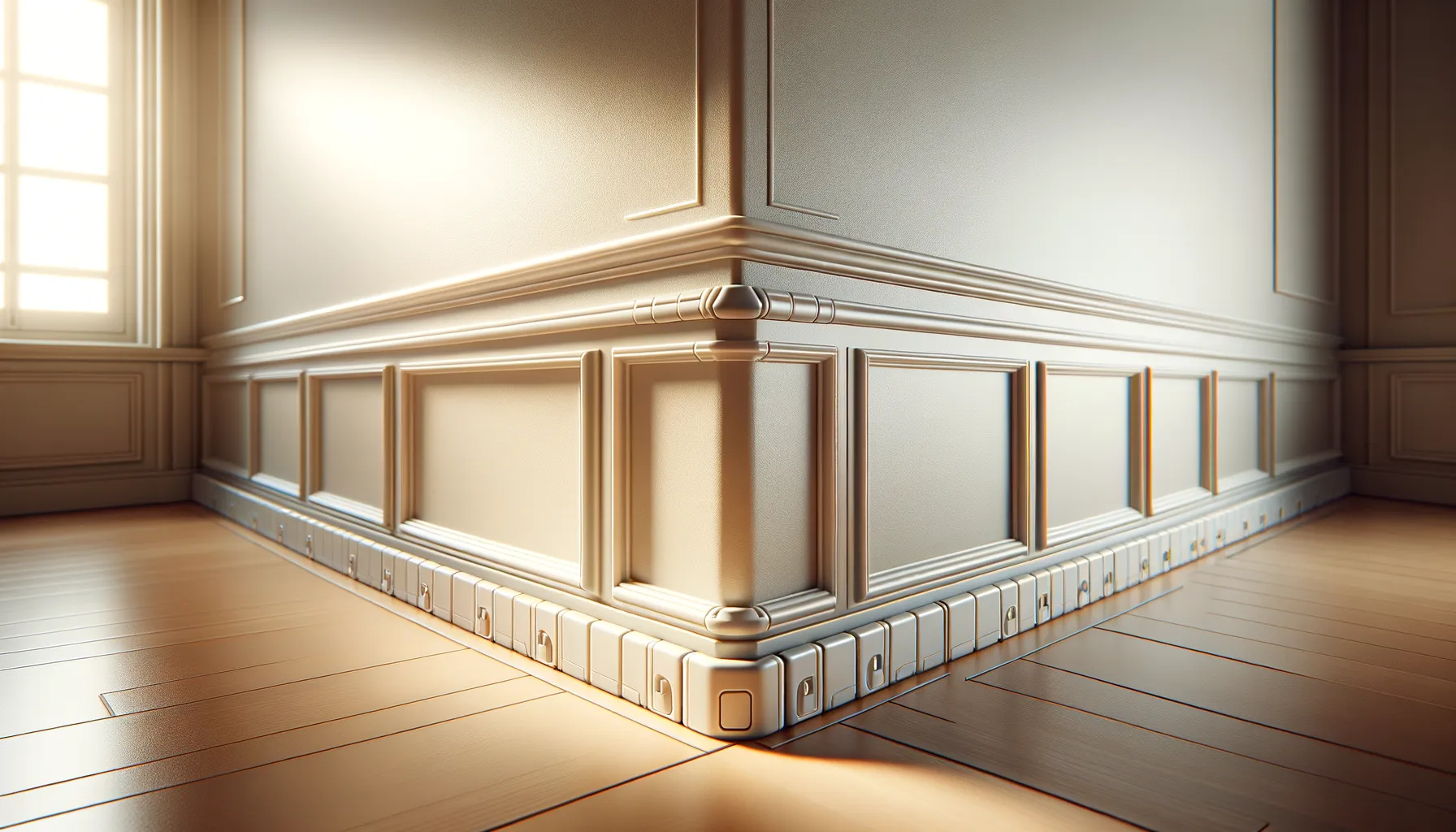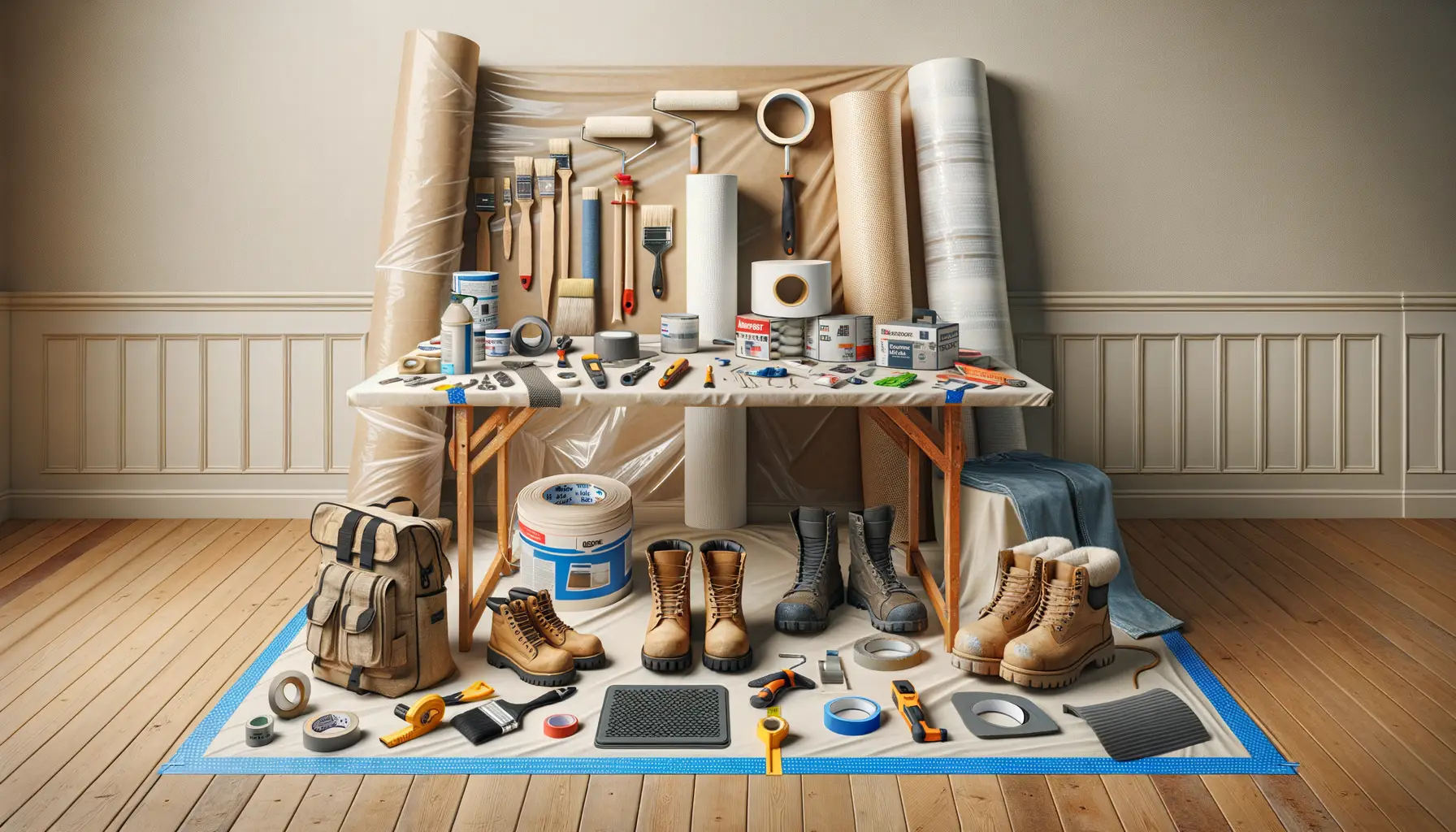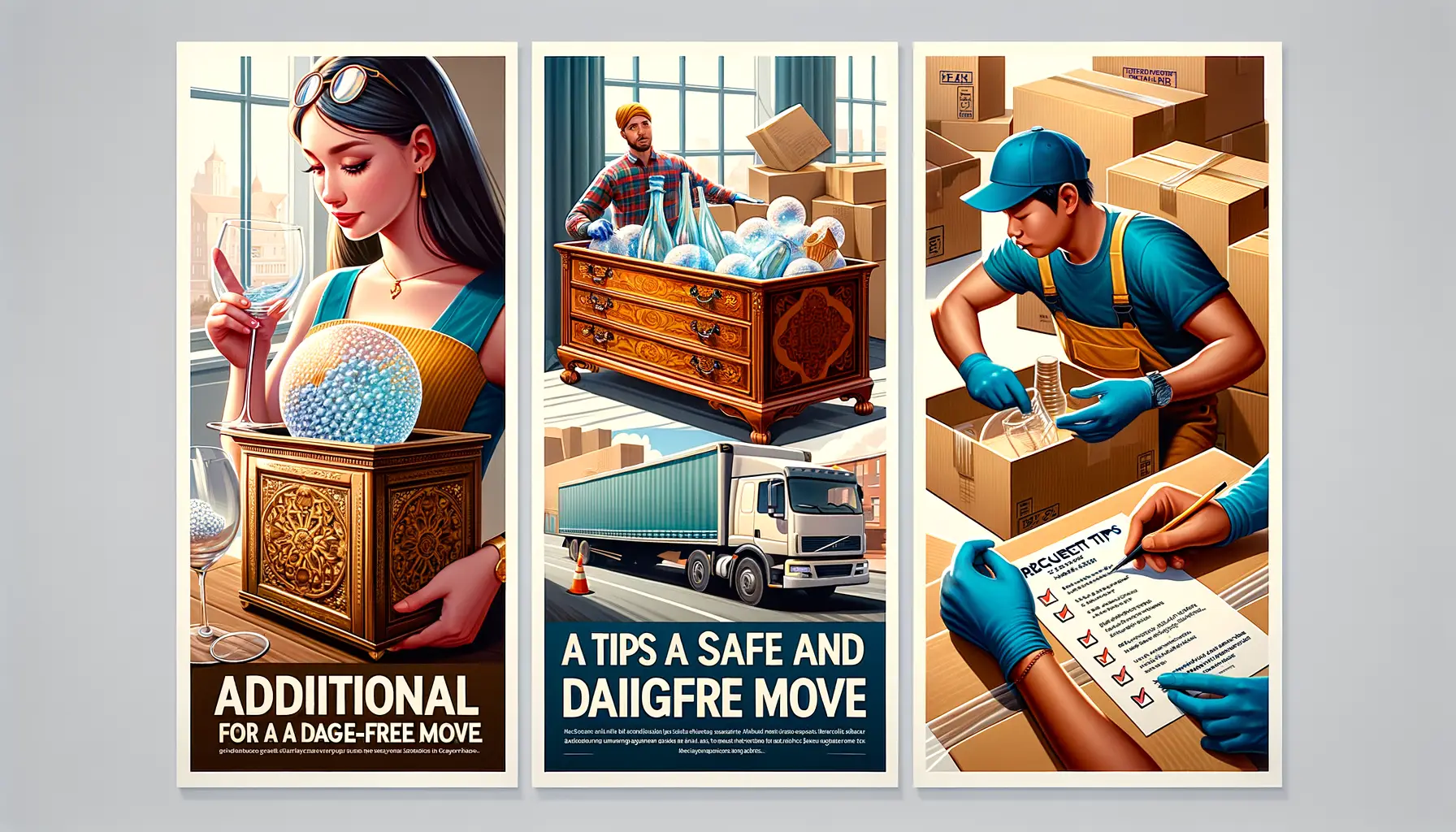Essential Preparations for Safeguarding Your Home
Set the Stage for a Damage-Free Move
Moving isn’t just about hauling boxes—it’s a dance, sometimes chaotic, that can quickly turn into a disaster for your home if you’re not prepared. Let’s talk about how to prevent your floors from becoming scratched battlegrounds and your painted walls from suffering battle scars.
Start by thinking ahead. Take a mental walkthrough of your home. Where will furniture be squeezed through tight spaces? What areas are prime for accidental bumps or drops? Once you’ve mapped potential danger zones, arm yourself with protection supplies.
Pro tip: Invest in high-quality materials like floor runners or adhesive felt pads. Cheap supplies may seem appealing but could leave behind sticky residues or fail when put to the test. Need an emotional push? Imagine the heartbreak of discovering a deep gouge in your pristine wood floor just after moving day.
Trust me, these small steps don’t just safeguard your home—they save you from future headaches and repair expenses.
Protecting Flooring from Damage During Moving

Why Your Floors Deserve VIP Treatment During a Move
Your floors work hard, day in and day out. Whether it’s the luxurious shine of hardwood, cozy carpet fibers underfoot, or resilient tile, they’re the unsung heroes of your home. But come moving day? It’s like inviting chaos right onto their surface. Without proper care, heavy furniture, muddy boots, and rogue dollies can leave scratches, dents, or worse—a regret-inducing repair bill.
Think about it: would you drag treasure chests across a polished ballroom floor? Probably not! So before a single box is lifted, roll out some protection. Start with moving blankets for heavier items—wrap them around furniture legs to prevent scratching both the floors and your sanity. For high-traffic areas, lay down non-slip mats or sturdy cardboard as a buffer zone. And, trust me, carpets aren’t invincible; invest in some plastic sheeting to guard against dirt and spills.
Extra Tricks to Save Your Floors from Moving-Day Mayhem
- Use furniture sliders or felt pads to glide heavy pieces effortlessly without digging into your flooring.
- Sweep before shifting items—grit and debris can act like sandpaper on polished surfaces.
- Ask movers to wear shoe covers (or rock socks!) to avoid unwanted scuffs.
Treat your floors like the VIPs they are; they’ll thank you long after the boxes are unpacked!
Shielding Walls and Corners Against Scuffs and Scratches

Give Your Walls and Corners the TLC They Deserve
Picture this: your freshly painted walls, standing proud like sentinels in your home, suddenly marred by the sharp corner of a dresser or the unintended swipe of a box. Heartbreaking, right? Protecting your walls and corners during a move is key to keeping your home looking its best, no matter what furniture is being hauled around.
Start by wrapping vulnerable areas with sturdy padding. You don’t need to get fancy—blankets, foam sheets, or even flattened cardboard boxes can double as shields. For sharp corners—think doorframes and hallway bends—invest in corner guards. These nifty little lifesavers snap on easily and absorb impact like champions!
- Cover walls with plastic sheeting secured by painter’s tape for a quick, scuff-proof barrier.
- Use bubble wrap on high-traffic areas where movers are likely to brush against.
If you’ve got narrow spaces or staircases, consider this your danger zone. Movers tend to pivot furniture here, making it prime scuff territory. Red flags? Wide, sweeping turns carrying heavy items. Trust me, your walls will thank you later! Just a little prep, and your move doesn’t have to leave its mark—literally.
Best Materials and Tools for Floor and Wall Protection

Your Must-Have Arsenal for Ultimate Floor Protection
Picture this: a pristine hardwood floor scarred by the scrape of a heavy couch. Heartbreaking, right? That’s why investing in the *right* materials is non-negotiable. The MVP here? Furniture sliders! These handy disks glide like magic under bulky pieces, saving your floors from scratches—and you from regret.
Next up, heavy-duty floor runners. Whether it’s carpeted stairs or glossy tiles, these long mats are like armor, shielding surfaces while providing solid traction. For extra defense, roll out a layer of thick cardboard. It’s budget-friendly, easy to maneuver, and surprisingly effective against scuffs.
And don’t forget tape—but not just any tape. Blue painter’s tape is your MVP here. Use it to secure the cardboard or runners without worrying about sticky residue when you’re all done.
Wall-Saving Heroes You Never Knew You Needed
Walls are silent sufferers during moves—until they’re screaming with dings and scratches! Enter corner guards. Made from sturdy plastic or foam, these lifesavers hug vulnerable wall edges and absorb impacts.
For large walls, invest in protective padding or blankets; attach them securely using painter’s tape. And for navigating tight spaces, grab some foam pool noodles (yes, really!) to wrap around items that might collide with walls.
Additional Tips for a Safe and Damage-Free Move

Handle Those Sneaky Details Like a Pro
Moving day is chaotic, no doubt about it. But sometimes it’s the tiniest oversights that leave the biggest regrets. Pay attention to those little details many forget—like securing your drawers and doors. Imagine this: you’re carrying a heavy dresser, and BAM! A drawer slides out, scratching not only your floor but also your pride. Don’t let this happen! Use stretch wrap or painter’s tape to keep everything snug.
And don’t skimp on cleaning! Dust and debris can act like hidden sandpaper under furniture sliders. Sweep or vacuum before you even think about moving a single item. Trust me, your floors will silently thank you.
Pack Smart, Move Smarter
Even how you pack boxes can impact your home’s safety. For instance:
- Don’t cram boxes too full—they get heavier AND harder to carry safely.
- Label fragile items boldly and clearly. You don’t want glass crashing to the floor after a slip!
- Distribute weight evenly to avoid boxes toppling over mid-move.
Notice any narrow hallways? Think ahead and disassemble bulky items like bed frames or bookshelves. Squeezing them through tight spaces without prep is like trying to thread a needle in the dark—it won’t end well for your walls!
